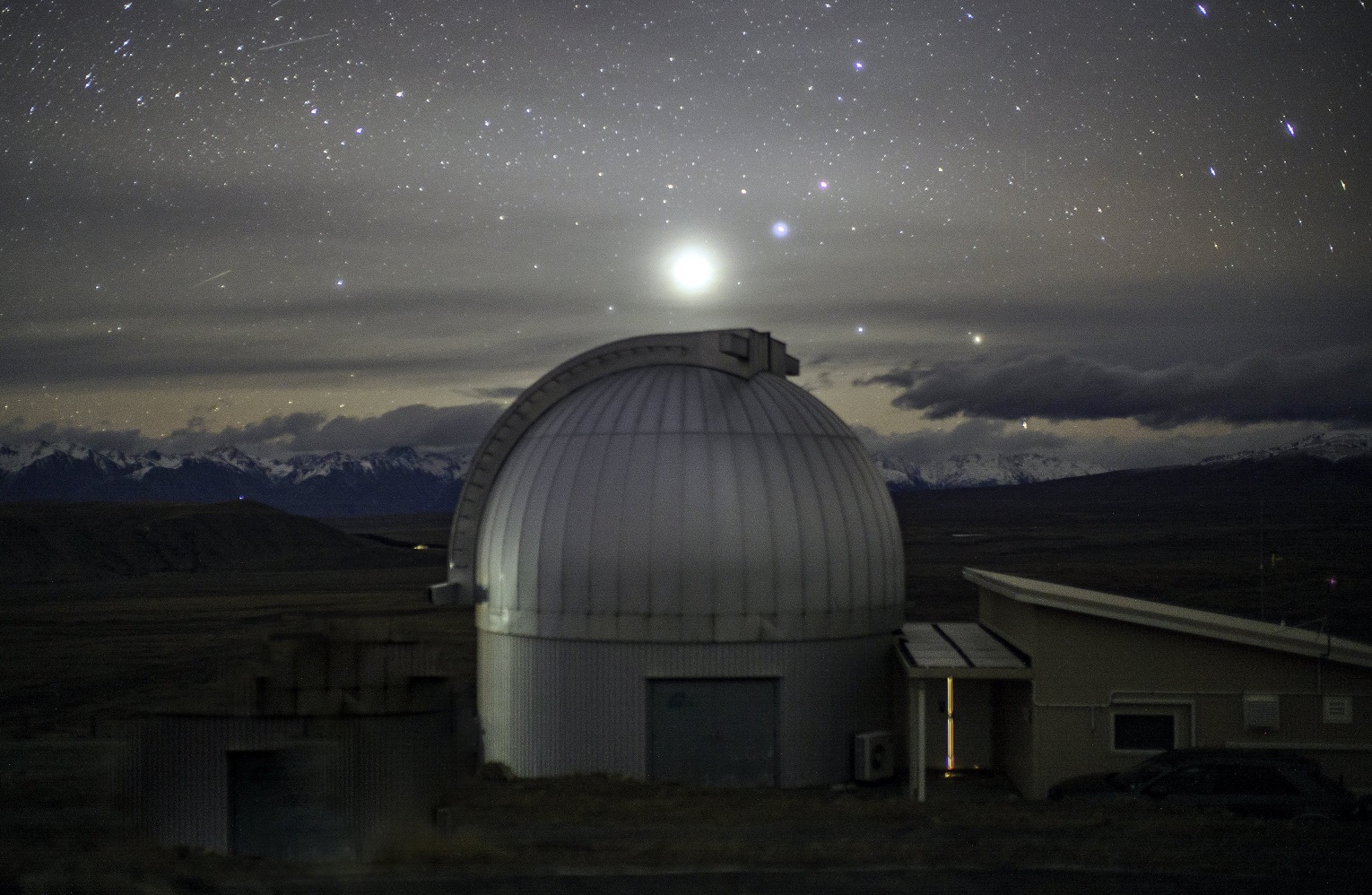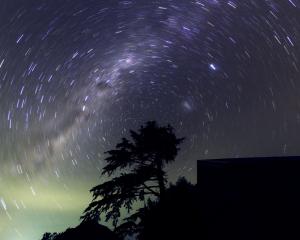
The planet was incredible, blazing brightly above the telescope dome from my vantage point atop Mount John.
Binoculars, or better still a telescope, show the planet as a slender crescent less than 20% illuminated.
Venus is often referred to as Earth’s "sister planet" due to its similar size, mass and composition. However, its atmosphere sets it apart dramatically. Venus has an incredibly dense and toxic atmosphere composed mainly of carbon dioxide, with sulphuric acid clouds. The extreme greenhouse effect on Venus has resulted in surface temperatures reaching scorching levels of over 460°C, which is hot enough to melt lead!
Venus is the hottest planet in our solar system.

It has been said an astronaut unlucky enough to visit the surface of Venus would be simultaneously boiled, squashed and poisoned as soon as she stepped outside the safety of her lander.
Venus also exhibits a phenomenon known as retrograde rotation, where it spins on its axis in the opposite direction to its orbit around the Sun. This unique rotation pattern and its mysterious surface features, including vast volcanic plains and towering mountain ranges, make Venus an enigmatic world that begs further exploration. However, conditions at its surface are a real challenge for visiting spacecraft.
Venus has been the subject of numerous space missions, including the Soviet Venera and Nasa’s Magellan missions, which provided valuable data about its surface and atmosphere.
Venus’ extreme conditions, similarities and differences to Earth, and its mysteries make it a fascinating planet. Studying Venus expands our understanding of planetary science and provides valuable insights into the potential for life beyond our world. So go on, why not step outside after dark this week and look at Venus for yourself?











